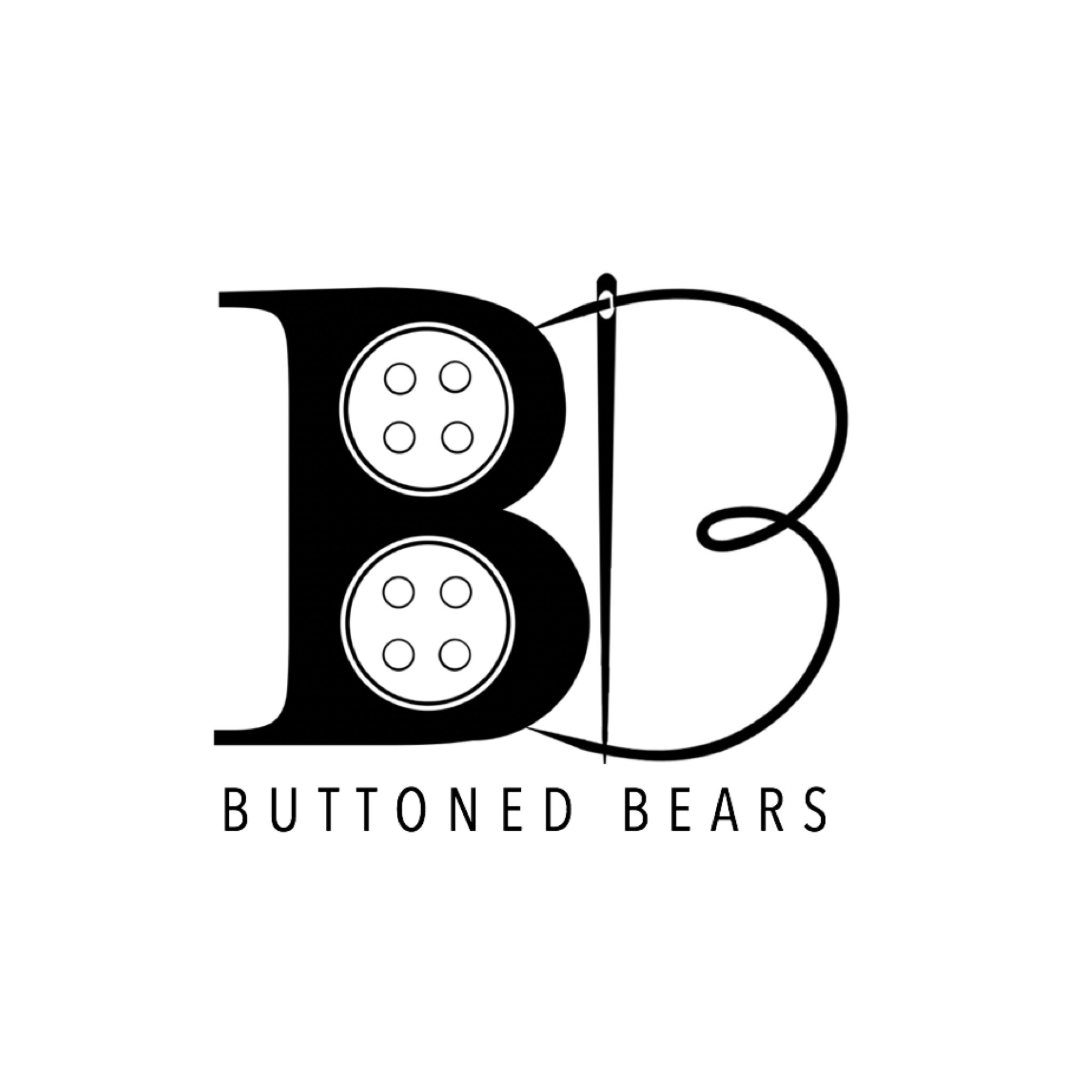Clean Skincare
I don’t know about you but I LOVE finding and trying skincare routines. Years ago, I didn’t know much about the products I was using on my skin and would just buy whatever I thought might work. It wasn’t until I got to college that I finally realized the importance of having a consistent, reliable skincare routine. I also learned that I should be aware of what ingredients are in the products that are going onto my skin. Most of the hundreds of tubes and bottles lining the shelves of Target are filled with harsh and toxic ingredients that aren’t necessary to achieve the healthy glow we all want. I used to think that the loooong list of ingredients on the products I was using was necessary and that every product out there was like that. But think about it like this- most of us feel better when we fill our bodies with simple, natural foods and avoid consuming too many processed foods with tons of ingredients, so why would our skin be any different? After all, your skin does absorb whatever you put on it.
In my freshman year, I started researching more holistic ways to take care of my skin after I switched to a cleaner brand of skincare and noticed that much of my acne and redness cleared up. I came across a few articles of consumers who were speaking out against the poor regulations in the skincare and makeup industries. Companies were and are being allowed to fill their products with toxic and synthetic ingredients like parabens and sulfates and worse. On an ingredient list, the word fragrance is a catch-all word used to hide many other unnecessary and harmful ingredients and it is one of the first ones to watch out for. One way to tell if a product is clean is to see if you can pronounce or know what every ingredient is. All those extra-long words are often synthetic ingredients.
If you want to become more conscious of the products you buy, it is easiest and most cost-effective to follow a ditch-and-switch plan. Instead of buying all new products at once, just look for a cleaner alternative to each product as you finish up the one you already have. This eases you and your skin into a cleaner routine without breaking the bank. Also, keep in mind that it is totally normal for your skin to react to a new routine. You should give it around a month to adjust to the new product and to see obvious results.
A fun way to dip your toes into clean skincare is to try a mask. Many people know about bentonite clay masks and if you use that, you’ve already been using a clean skincare product! Some other clay masks to try are French green clay and Moroccan red clay. My favorite is the cocokind chlorophyll mask. It comes in a powder form so the jar lasts forever and it is easy to customize by mixing it with water, oil, plain Greek yogurt, honey, etc…
Some of my favorite brands that I have been using for years now are cocokind
and Primally Pure. One of my favorite things about these companies is that the list of ingredients on their products is short and simple. They do not fill their products with harsh chemicals that might smooth your skin, but leave behind redness and irritation and add more toxins to your lymphatic system. Instead, the ingredients are simple and come from nature. Follain is a company that makes shopping for clean beauty products easier. They have strict rules for what products and companies they carry.
Some other natural ways to take care of your skin include holistic practices like gua sha, or exfoliating with a tinkle razor. Gua sha is a form of traditional Chinese medicine that uses a curved stone to massage the face and promote lymphatic drainage. This helps to depuff in the morning and promote circulation. Another practice is to use a tinkle razor to gently exfoliate and remove peach fuzz. There are many tutorials on youtube for both of these practices!
At the end of the day, despite what products we use on our bodies, what we put into it makes a huge impact on the outside as well as the inside. Drinking plenty of water and eating nourishing foods makes as much of a difference as using a face mask a few times a week.
Written by: Claire Boston
Edited by: Abby Sowder




